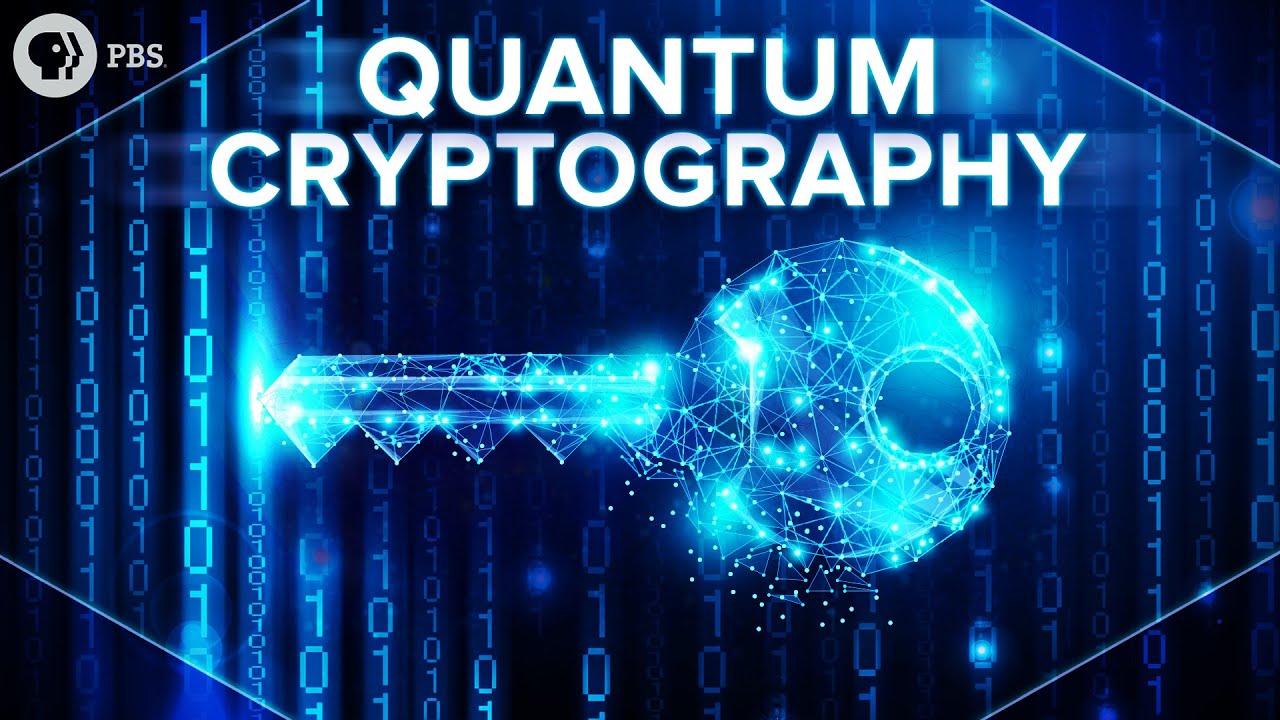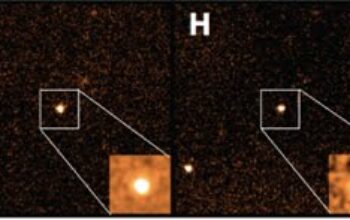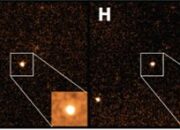Quantum cryptography is an intriguing interdisciplinary convergence of physics, mathematics, and computer science, particularly focused on secure communication methods leveraging the principles of quantum mechanics. It represents a paradigm shift in cryptography, a field traditionally dominated by classical methodologies rooted in computational complexity. The emergence of quantum cryptography heralds the possibility of secure communication systems that can theoretically withstand even the most powerful adversaries.
At its core, quantum cryptography seeks to exploit the unique properties of quantum bits (qubits), which can exist in multiple states simultaneously — a phenomenon known as superposition. Unlike classical bits that are unequivocally 0 or 1, qubits can represent both states at once, leading to a substantial increase in the amount of information that can be processed and transmitted. One cardinal application of this is Quantum Key Distribution (QKD), a method enabling two parties to generate a shared, secret random key, which is used for encrypting and decrypting messages.
QKD systems typically employ two major protocols: BB84 and E91. The BB84 protocol, introduced by Charles Bennett and Gilles Brassard in 1984, is predicated upon the principles of quantum mechanics to ensure security. In this protocol, a sender (often designated as Alice) transmits qubits encoded in various basis states to a receiver (Bob) over a quantum channel. An eavesdropper, traditionally termed Eve, cannot measure these qubits without disturbing them due to the observer effect — a consequence of quantum mechanics. If any attempt to intercept or eavesdrop occurs, the integrity of the quantum state is compromised, alerting the communicating parties to the presence of an intruder.
The second protocol, E91, developed by Artur Ekert in 1991, utilizes the phenomenon of quantum entanglement. In this method, Alice and Bob share pairs of entangled qubits. When one qubit is measured, it instantaneously influences the state of its entangled counterpart, regardless of the distance separating them. This intrinsic link between entangled particles enables Alice and Bob to confirm the authenticity of the shared key while maintaining confidentiality, as any eavesdropping would disturb the entangled states, allowing for the detection of interference.
Moreover, quantum cryptography is not solely restricted to key distribution. The field expands into protocols for quantum secure communication networks, ensuring the integrity and authenticity of transmitted data. Protocols such as Quantum Digital Signatures and Quantum Secure Direct Communication enhance the robustness of quantum systems in thwarting potential quantum adversaries. These advanced systems offer considerable advantages in scenarios demanding high security, such as banking transactions, governmental communications, and the transfer of sensitive data.
It is crucial to address the technological and practical limitations that quantum cryptography currently faces. First, the physical medium through which quantum states are transmitted plays a pivotal role. Quantum communication is generally conducted via optical fibers or free-space channels, and any imperfections in these mediums can lead to signal degradation. Secondly, the transmission distance of quantum states significantly limits the feasibility of quantum cryptography in larger networks. Current systems suffer from limitations in range due to attenuation and noise, often necessitating the use of quantum repeaters and mediating nodes to maintain fidelity across longer distances.
Furthermore, integrating quantum cryptography into existing infrastructure poses challenges. The implementation of quantum key distribution systems requires not only specialized hardware but also a complementary understanding of quantum mechanics among security personnel. The resultant complexity forms a barrier to widespread adoption, as organizations often prioritize established classical encryption methods over emerging quantum techniques.
Nonetheless, ongoing research and technological advancements are gradually addressing these limitations, leading to the development of quantum networks. Various institutions and companies are investing in quantum satellite communication systems, intending to provide global quantum communication coverage. Initiatives such as China’s Micius satellite demonstrate the feasibility of quantum communication over considerable distances and the potential for a unified quantum internet in the future.
Another profound implication of quantum cryptography is its potential role in safeguarding future technologies against quantum computing threats. Classical encryption methods, like RSA and ECC, rely on the difficulty of certain mathematical problems. However, with the advent of quantum computers using algorithms such as Shor’s algorithm, these classical methods may become vulnerable. Quantum cryptography offers a solution that stands resilient to the computational supremacy of quantum machines, thereby addressing security concerns in a rapidly evolving technological landscape.
In conclusion, the exploration of quantum cryptography offers profound insights into the future of secure communications. As an emergent field, it embodies the intersection of fundamental physics with practical technology, presenting both challenges and opportunities. The advent of quantum key distribution, alongside an expansive array of protocols for secure communication, demonstrates the potential of quantum cryptography to redefine the paradigms of data security. Continued research and innovation are vital to overcoming the practical obstacles, paving the way for a robust, secure quantum infrastructure that ensures the confidentiality and integrity of information in the digital age.










